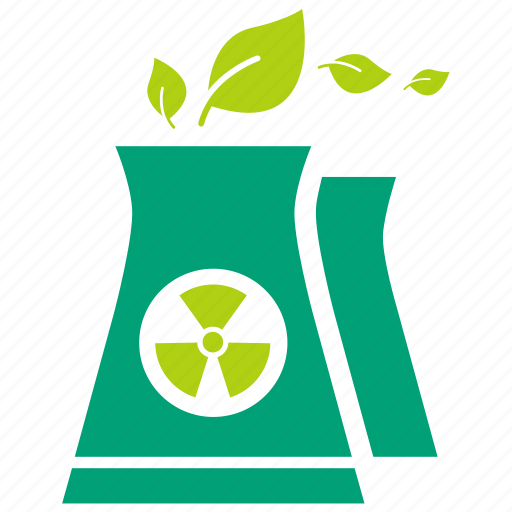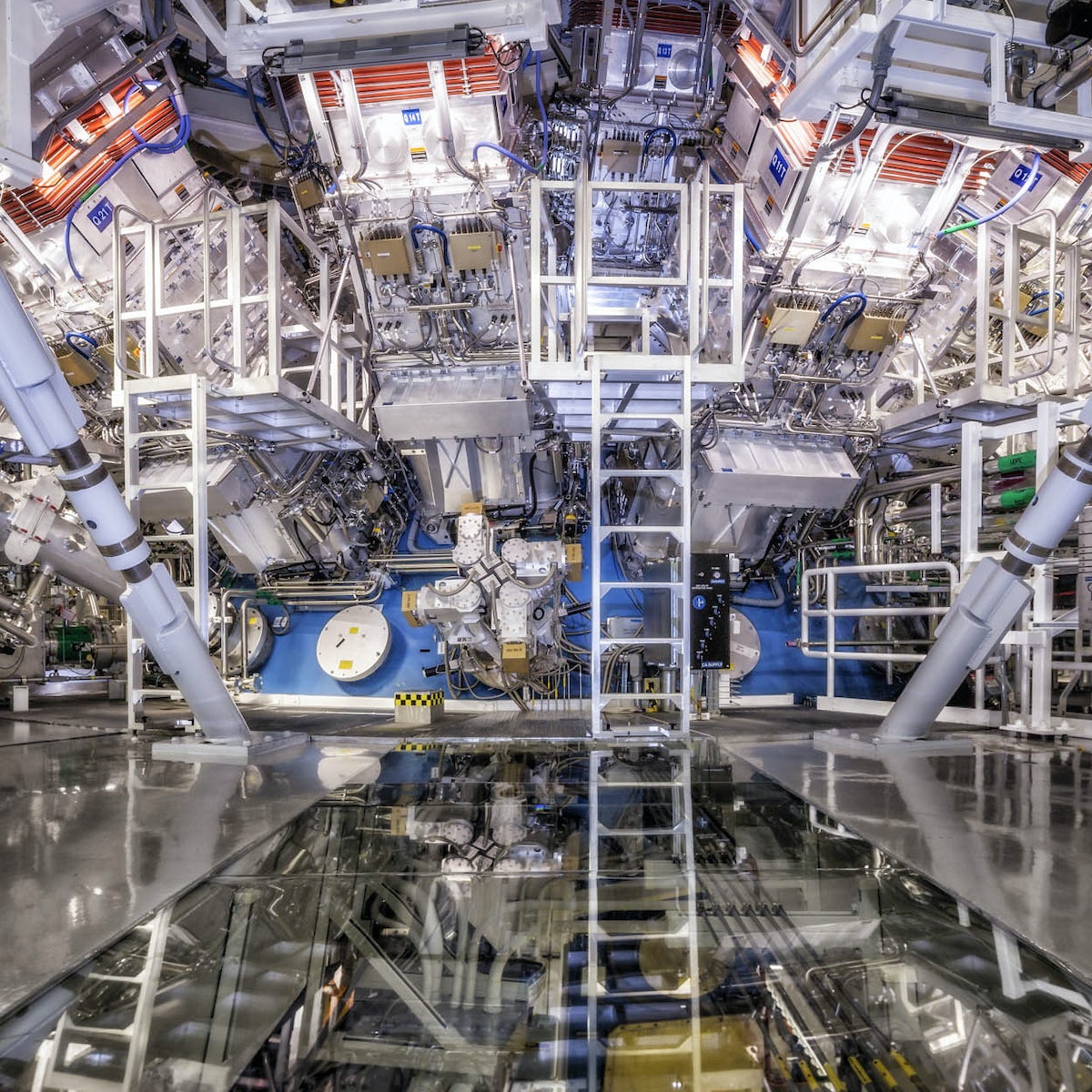Reaction replicated same natural processes found within the Sun.
Scientists have managed to repeatedly produce nuclear fusion ignition for the first time, marking a major milestone towards achieving near-limitless clean energy at scale.
A team at the Lawrence Livermore National Laboratory (LLNL) in the US achieved fusion ignition last December, producing a net energy gain from a fusion reaction for the first ever time. The feat was hailed as a “moment of history” by physicists, which LLNL scientists have now repeated a further three times.
LLNL used the National Ignition Facility (NIF) to fire 192 laser beams at a frozen pellet of isotopes held within a diamond capsule suspended in a gold cylinder.
The resulting reaction replicated the same natural processes found within the Sun and resulted in a record energy increase of 89%. This was only enough energy to boil a kettle, but scaling up this proof-of-concept could herald a “new era” of energy, according to the scientific journal Nature.
Nature said the stadium-sized NIF had “unequivocally” achieved its goal of ignition in four out of its last six attempts, creating a reaction that generates pressures and temperatures greater than those that occur inside the Sun.
“I’m feeling pretty good,” Richard Town, a physicist who heads LLNL’s inertial-confinement fusion science programme, told the journal. “I think we should all be proud of the achievement.”
The NIF was designed not as a power plant, but as a facility to recreate and study the reactions that occur during thermonuclear detonations after the US halted underground weapons testing in 1992.
The higher fusion yields are already being used to advance nuclear-weapons research, and have also fuelled enthusiasm about fusion as a limitless source of clean energy.
US secretary of state John Kerry called for new international partnerships to advance fusion energy at the recent Cop28 climate summit in Dubai, and the US Department of Energy which oversees the NIF, followed up by announcing the new research hubs, to be led by the LLNL, the University of Rochester in New York and Colorado State University in Fort Collins.
China, Japan, Russia and the European Union are also investing heavily in nuclear fusion research, with more than $6bn (€xxbn) invested to date, according to the Fusion Industry Association.
Every time I read or see something about this project I always wonder, but don’t have enough knowledge about the field to figure it out. I know they are a weapons research facility, generating power is not the goal. Their design is very complex, expensive and not suitable to create a commercial powerplant.
But are they learning anything which could actually be useful for commercial fusion power generation? And would they share that data?
They have proven fusion is possible, but I don’t think there was ever any doubt about that? We’ve had fusion type nuclear weapons for a while now, so the principle checks out.
Maybe someone with expert knowledge can chime in?
It’s not just about weapons, it’s about National security. Which includes detection and advancing the US to lead in technologies like computing, etc
https://en.wikipedia.org/wiki/Lawrence_Livermore_National_Laboratory?wprov=sfti1



